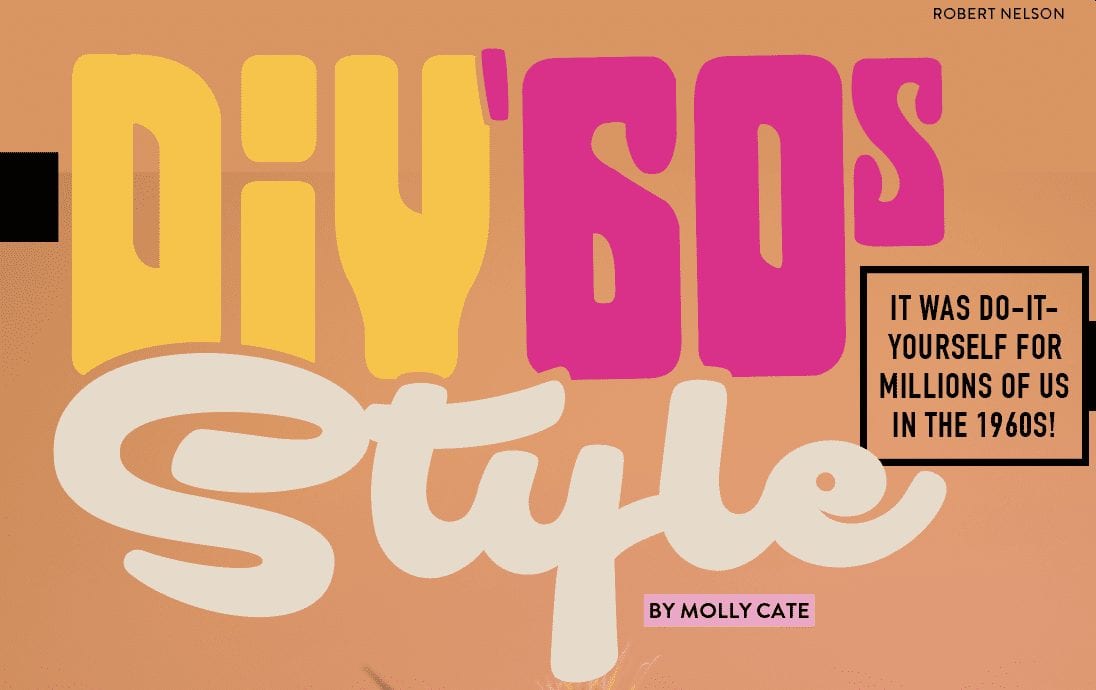
But there were no shops selling buds and bowls then, and most of us had never seen cannabis before. Before vaporizers or bongs, before seedless flowers and the astonishing variety of strains and lineages, before medibles, before treks to Amsterdam and cannabis cup competitions, and way, way before legalization, we were all beginners. We had to figure out where to find it and how to use it and enjoy it. Often, that meant making our own paraphernalia (that hard-to-spell slab of a word for smoking gear you can still read in police reports).
The first hurdle was usually finding some. If you were lucky, a friend would pass you some, or a friend of a friend. More often, you’d visit some fairly shady places and pretend to be friendly with people you would never spend time with otherwise, all while trying not to act scared out of your wits. Of course, the real DIY in that case would have been to grow our own. But that was before growing guides, too. So, it could be months between baggies.
The folks doing the selling didn’t grow it either. Most cannabis came in from outside the U.S. On the East Coast, that mostly meant bales of not-great stuff smuggled in by boat. It was more often brown than green, and full of seeds and stems. So, the next step was to learn how to process it. Many a time, I watched someone break up a chunk on a slightly tilted record album cover; the seeds rolled off the edge, leaving just the stems to be dealt with. I preferred a wooden salad bowl, using my fingers like a grinder (didn’t have those yet either), and then swirling the seeds and stems into a pile, like someone panning for gold, Acapulco Gold occasionally, though usually just Mexican brown. When larger amounts became available, we would spend an evening processing a quarter or half pound all at once, rolling it all into joints.
Had to learn to roll joints, too—not too hard a skill to master. There was simply no other way to smoke it yet, which led to the question of how to keep from burning your fingers on that little bit called a “roach.” Folks usually used alligator clips found in electrical supply stores or surgical hemostats. (Probably still do.) The cleverest DIY roach clip I ever saw was an “airplane”: Tear a match from a matchbook, and strike it to burn off the flammable stuff. Gently split the paper end in two, and slide the roach in between. Done!
And then came the differences between grass and hash, once the sticky stuff started arriving. What a difference it was—wow! Very strong and fragrant, it was well worth the learning curve. Before hash pipes arrived, you could crumble or smear hash on rolling papers, but my favorite way to enjoy it was a gem of homemade ingenuity, though I don’t recall who taught me. The set-up needed a small, preferably clear, drinking glass, a round piece of cardboard a little bigger than the circumference of the glass and a sewing needle. Pushing the eye end of the needle into the cardboard made a secure stand for skewering a chunk of hash. After lighting the hash, invert the glass over the whole thing. Once the flame goes out, watch the heavy smoke rise up and cascade down the sides of the glass. Take sips from the bottom, where the glass meets the cardboard. Delicious!
Later on, as good-quality green bud replaced the dry brown stuff, we learned to make our own kif, the little resin balls that glisten in those High Times glamor shots. It’s always been pricey, but the flavor is unbeatable. And it’s less processed that hash. We used framed screens made for decorating silk material. Rubbing good cannabis across a silk screen would separate those tiny, golden balls from the flowers. You could then gently melt them into a sticky lump of hash or sprinkle the kif in with the good green and roll it.
We even learned to made edibles, though not all of them were (edible, I mean). The first cannabis brownie I ever had was horrible—no other word for it—with the whole leaf material blended with the brownie mix. Like eating a hay brownie—yuck! It would take a few years for oil and butter-infusion techniques to become well known. The only whole-leaf product worth eating, then and now (we benefit from the fiber, after all), may be the goo ball, peanut or almond butter mixed with cannabis, nuts, dried fruits and chocolate chips, and rolled into balls. Originally a North African and Middle Eastern confection, an early cannabinated recipe can be found in the European edition of the 1954 classic Alice B. Toklas Cookbook. An informative article from the April 20, 2015, issue of Scientific American tells the story. The recipe was deleted from the American edition though restored in later editions. If you want a copy, make sure it lists Hashish Fudge.
I appreciate the easy access and astonishing variety of strains and products available these days, but nothing can replace the excitement of those days when it was all new and thrilling. This trip down the DIY memory lane brought back a bit of that thrill!




Leave a Reply